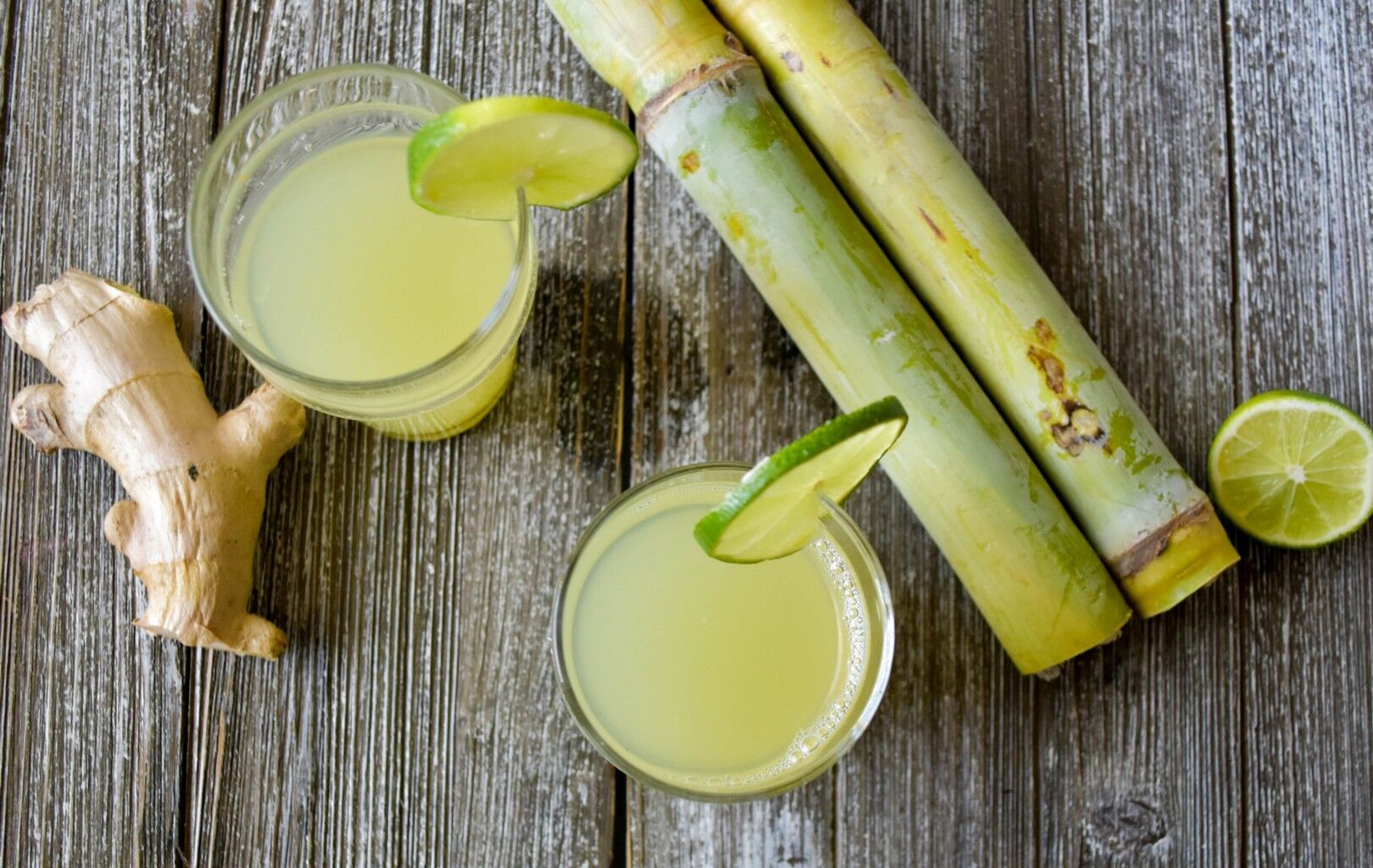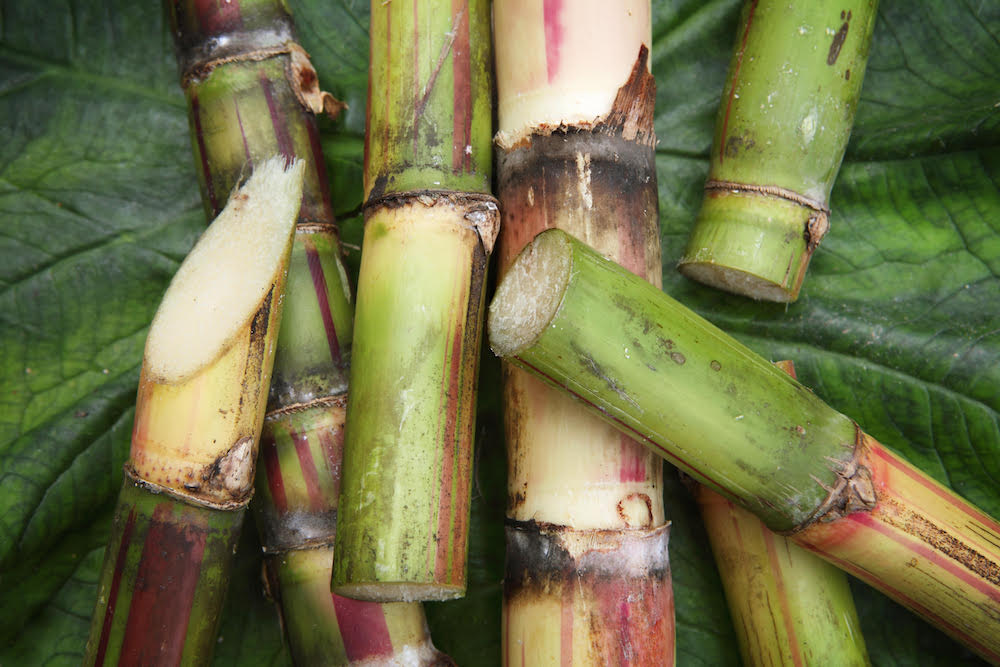A Closer Look at Sugar and Cane in the Global Food Industry
A Closer Look at Sugar and Cane in the Global Food Industry
Blog Article
How Cane Sugar Processing Chemicals Improve Sugar Top Quality and Return
The duty of handling chemicals in cane sugar production is pivotal, as they straight influence both the top quality and yield of the last product. The consolidation of activated carbon and enzymes offers to maximize the failure of complicated sugars, ultimately leading to a purer and higher-quality sugar.
Introduction of Walking Cane Sugar Handling
Walking stick sugar processing entails a series of critical steps that transform raw sugarcane right into refined sugar products. The process begins with harvesting, where mature sugarcane stalks are cut and transported to processing facilities. Upon arrival, the cane undergoes washing to remove contaminations such as dirt and plant products.
Following cleaning, the walking cane is squashed to draw out the juice, which contains sucrose - sugar and cane. This juice goes through clarification, where lime and heat are made use of to remove staying pollutants and non-sugar components. The clarified juice is then vaporized to concentrate the sugar content, resulting in the development of thick syrup
Next, the syrup is taken shape with a regulated air conditioning procedure, resulting in sugar crystals. To attain refined sugar, further filtration steps are used, consisting of washing, re-crystallization, and drying out.
The end product is either packaged as raw sugar or additionally processed right into white sugar, accommodating numerous consumer and commercial needs. This thorough series of steps guarantees the production of premium sugar, important for many applications in food and drink sectors.
Key Handling Chemicals Utilized
The production of refined walking stick sugar depends on various processing chemicals that play considerable functions at different stages. This step is essential for improving the overall quality of the removed juice.
Phosphoric acid serves a double objective; it enhances the clarification procedure and assists in the removal of color-forming compounds, adding to a greater pureness of the end product. In addition, sulfur dioxide works as a whitening agent, enabling for the efficient elimination of undesirable pigments and enhancing the shade of the sugar.
Various other significant chemicals consist of triggered carbon, which is utilized for further decolorization, and enzymes that facilitate the breakdown of intricate sugars into less complex types, therefore improving return. The cautious option and application of these processing chemicals are important for optimizing the effectiveness of sugar extraction and refining procedures, inevitably resulting in a much more constant and higher quality sugar product.

Effect On Sugar Top Quality
Exactly how do handling chemicals affect the quality of refined sugar? The introduction of different chemicals in the walking cane sugar processing stage dramatically boosts the pureness and overall quality of the final product. Key agents, such as phosphoric acid and calcium hydroxide, facilitate the explanation process, efficiently getting rid of contaminations and colorants that can negatively affect sugar's look and taste. By counteracting unwanted elements, these chemicals aid accomplish a greater degree of decolorization, leading to a much more valuable and visually appealing item.
Additionally, using triggered carbon and ion-exchange materials during the refining procedure plays an essential duty in eliminating off-flavors and unwanted odors, contributing to the sugar's sensory profile. This refinement not only elevates the organoleptic and visual high qualities but additionally boosts the life span by minimizing microbial task related to contaminations.
In enhancement, the precise application of these chemicals guarantees that Homepage the sugar shows a constant grain dimension and flowability, which are necessary features for both commercial applications and consumer preferences. On the whole, the strategic use handling chemicals is essential in accomplishing premium refined sugar that satisfies industry criteria and consumer assumptions.
:max_bytes(150000):strip_icc()/SugarCanesSaccharumofficinarumNancyAyumi-26c9c80ee473464bbe322c83ecd9bfc1.jpg)
Enhancing Yield Effectiveness
Enhancing yield efficiency in walking cane sugar processing involves maximizing numerous stages of production to take full advantage of the amount of sugar drawn out from raw walking cane. One crucial element is the choice and application of ideal handling chemicals, which can assist in the failure of cell wall surfaces and enhance sugar release during removal. Chemicals such as acids and enzymes play an important duty in this procedure by hydrolyzing polysaccharides and dissolving impurities, therefore enhancing the overall removal effectiveness.

Routine tracking and adjustment of handling criteria are important to maintain efficiency throughout production (sugar and cane). By employing these methods, sugar manufacturers can not just increase the quantity of sugar acquired yet likewise lower waste and reduced manufacturing costs, adding to a more sustainable and profitable sugar handling procedure
Benefits for Manufacturers and Customers
Walking stick sugar handling chemicals supply significant advantages for both consumers and manufacturers, creating a much more reliable and sustainable sector. For producers, these chemicals boost extraction processes, leading to higher yields and boosted sugar quality.
For customers, the advantages are equally compelling. The better top quality of sugar translates to better taste and uniformity in food. Additionally, the usage of handling chemicals can bring about an extra secure supply of sugar, reducing lacks and cost spikes that can happen as a result of ecological aspects or market fluctuations. Moreover, the improvements in manufacturing methods add to sustainability you can try this out efforts by minimizing resource usage and waste generation, interesting environmentally mindful customers.
Verdict

The duty of processing chemicals in cane sugar manufacturing is pivotal, as they directly affect both the top quality and return of the final product (sugar and cane). The incorporation of turned on carbon and enzymes serves to enhance the failure of complicated sugars, ultimately leading to a purer and higher-quality sugar.Walking cane sugar processing includes a series of vital steps that change raw sugarcane right into refined sugar products.Enhancing yield efficiency in walking stick sugar handling involves enhancing different stages of manufacturing to take full advantage of the amount of sugar extracted from raw cane.Walking cane sugar handling chemicals play a crucial duty in improving both sugar high quality and return
Report this page